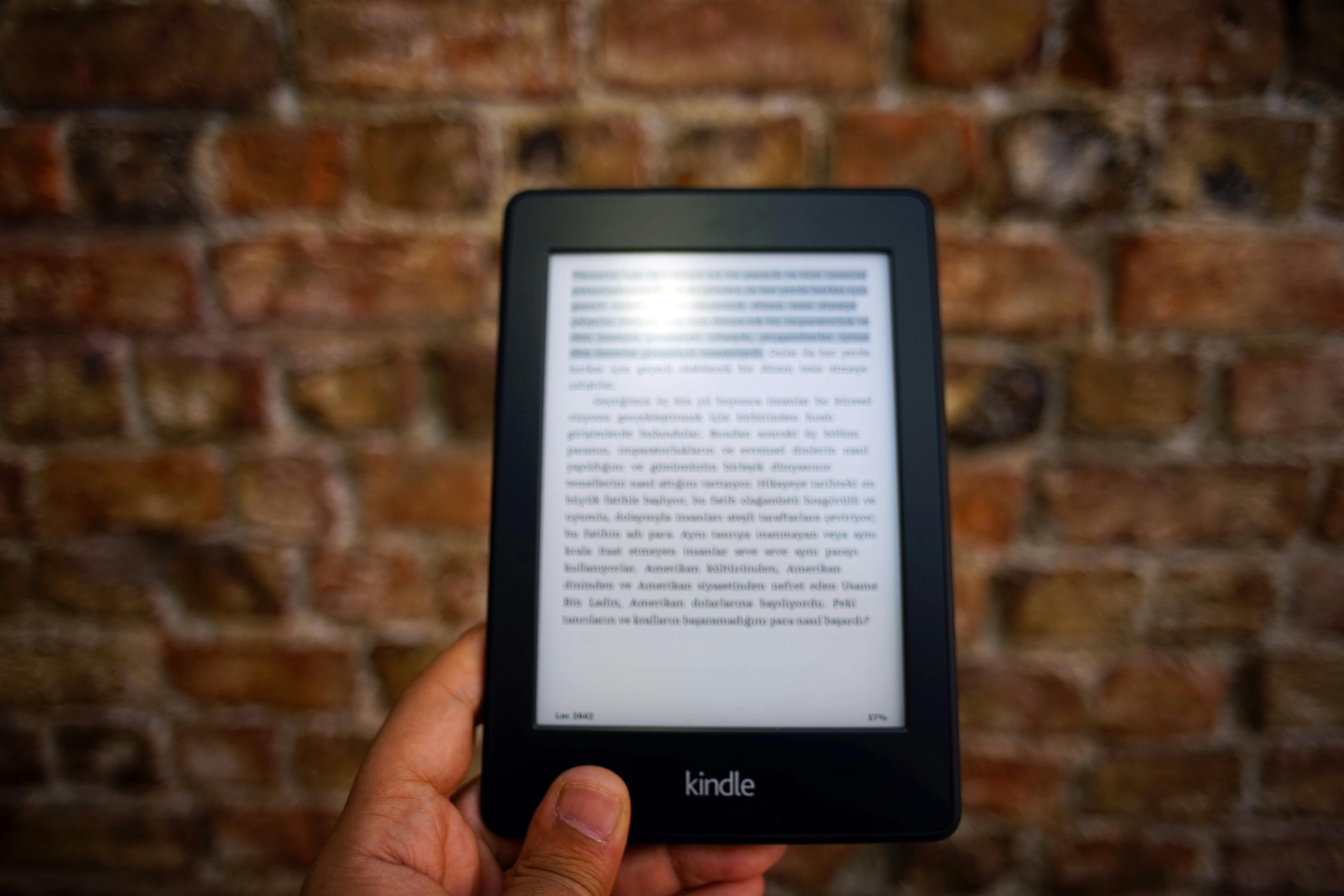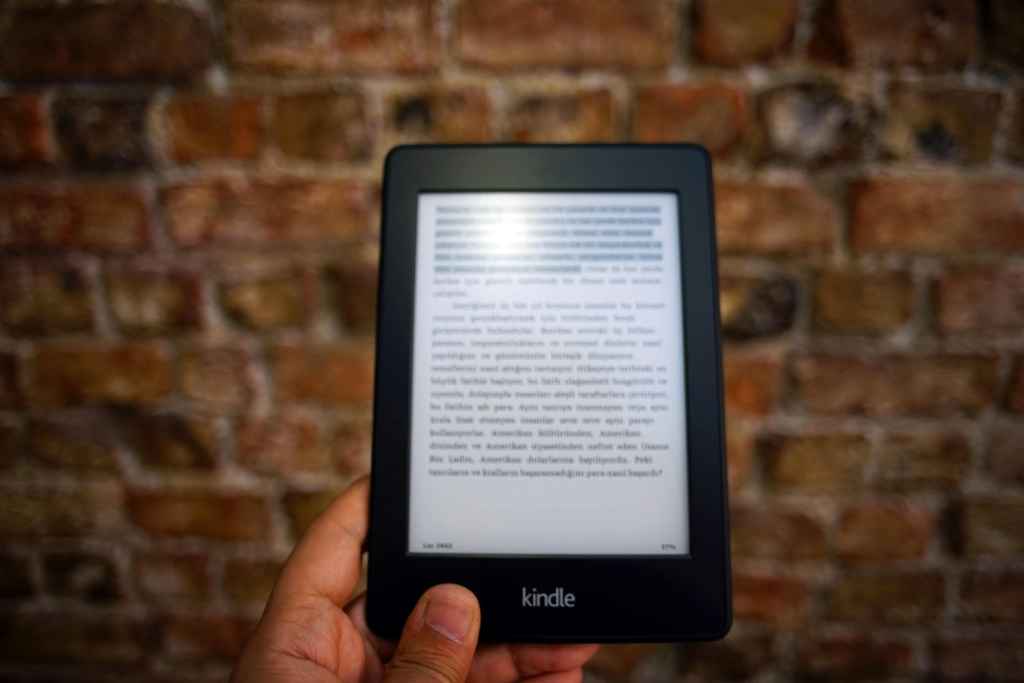Kindle in 2025: Your Gateway to a More Accessible Reading Universe

Hello there! I’m Alex, a 25-year-old from Nebraska, and like many of you, I love a good book. My family and I often find ourselves curled up with stories, whether it’s my kids discovering new adventures or my wife and I unwinding after a long day. For me, reading isn’t just a hobby; it’s a way to connect, learn, and escape. That’s why I’m always so interested in how technology can make reading even better for everyone. Today, I want to share some exciting updates about Amazon’s Kindle, especially focusing on how it’s becoming more accessible than ever in 2025. In today’s fast-paced world, having access to information and stories is more important than ever. For folks like my neighbor, who has some vision challenges, or my cousin who has dyslexia, traditional reading can sometimes be a hurdle. That’s where technology like the Kindle truly shines. Amazon has been really stepping up its game, making sure that no matter your ability, you can dive into the wonderful world of books. It’s not just about making things easier; it’s about opening doors and ensuring everyone gets to experience the joy of reading.
Kindle’s Hardware: Designed with You in Mind
Amazon has been thoughtful about the physical design of its Kindles. They’ve refined the ergonomics, making them more comfortable to hold for those long reading sessions. You know, like when you’re engrossed in a book and lose track of time? For people with dexterity issues, this focus on comfort is a big deal. Plus, the placement of physical buttons for turning pages and navigating menus offers a more tactile and intuitive experience for some, which I find pretty neat.
Screen Technology: Easier on the Eyes
The heart of the Kindle is its e-ink display, and Amazon continues to make it even better. They’ve improved screen resolution and contrast, and the advanced front-lighting technology means reading is clearer and more comfortable. This is fantastic for anyone sensitive to glare or who needs to adjust lighting to prevent eye strain. It really does feel like reading on paper, which is a big plus for me and my family.
Battery Life and Charging: Convenience for All
Nobody likes their reading experience being interrupted by a dead battery. Amazon understands this and has focused on extending battery life, meaning fewer charges and more reading time. Plus, the accessibility of charging ports and compatibility with universal standards make it easy for anyone to power up their device without needing special equipment.
Software and Interface: Making Reading Smarter and Simpler. Find out more about Amazon Kindle accessibility features 2025.
It’s not just the hardware; the software on Kindles has seen some significant upgrades too, all aimed at making things more inclusive.
Text-to-Speech and Read Aloud: Your Kindle Can Read to You!
One of the most exciting advancements is the improved text-to-speech (TTS) and read-aloud capabilities. As of July 2025, a software update (version 5.18.4) introduced an “Assistive Reader” feature that reads books aloud, even highlighting the text as it goes. This is a game-changer for many, offering an auditory way to enjoy books. The voice is getting more natural, and you can control the speed, making it a truly adaptable feature. It supports several languages, including English, Spanish, French, German, and Italian. This feature is particularly beneficial for those with visual impairments or learning disabilities, providing a flexible way to consume content.
Font Customization: Your Words, Your Way
Kindle has always offered great font customization, but it’s getting even better. You can adjust font size, line spacing, margins, and even background colors to create a reading environment that’s perfect for your eyes. Plus, there’s now an option to significantly enlarge fonts across the entire user interface, not just within books, making menus and settings much easier to navigate for those with vision challenges.
Simplified Navigation and Voice Commands. Find out more about Kindle e-reader ergonomic design for dexterity issues guide.
Navigating digital devices can sometimes be tricky. Amazon has worked to simplify the Kindle interface, making menus more intuitive. And for hands-free operation, voice command integration is a significant leap forward. You can control various aspects of your Kindle, like turning pages, using simple voice commands. This is incredibly helpful for individuals with limited mobility.
Expanding Content Accessibility: More Books for More People
Amazon is also broadening the ways you can access content, ensuring a wider variety of books are available and compatible.
EPUB and Other Format Support
While Kindle has its own formats, Amazon is expanding support for other popular e-book formats like EPUB. This means you can access a wider range of content from different sources, making it easier to bring your personal library to your Kindle.
Accessibility Metadata for Informed Choices. Find out more about Kindle screen technology readability enhancements for eye strain tips.
A crucial development for 2025 is Amazon’s commitment to supporting ONIX 3.1, which includes new accessibility metadata for digital books. This means publishers can provide detailed information about a book’s accessibility features, helping readers make informed decisions. This aligns with the European Accessibility Act, which requires such information to be readily available.
Partnerships and Continuous Improvement: Listening to Users
Amazon’s progress in accessibility isn’t happening in a vacuum. They actively collaborate with accessibility experts and organizations dedicated to supporting individuals with disabilities. This partnership approach is key to understanding user needs and developing features that truly make a difference. They also emphasize user feedback, constantly refining their devices based on what customers are saying.
The Future of Kindle Accessibility: What’s Next?
Looking ahead, Amazon is exploring even more ways to enhance the Kindle experience.
AI Integration: Personalized and Intelligent Reading. Find out more about Kindle text-to-speech and read aloud capabilities strategies.
Artificial intelligence is poised to play an even bigger role. We can expect more sophisticated text-to-speech, intelligent content summarization (like the “Recaps” feature that helps readers recall plot points in series), and adaptive learning tools that tailor the reading experience to individual needs. This AI integration promises to make reading more personalized and accessible than ever before.
Seamless Ecosystem Integration
Further integration with other Amazon services, like Audible and Alexa, could unlock even more accessible reading pathways. Imagine effortlessly switching between listening to an audiobook and reading the e-book, or controlling your entire reading experience with just your voice.
Conclusion: A Brighter, More Inclusive Reading Future
Amazon’s commitment to Kindle accessibility in 2025 is truly impressive. Through continuous innovation in hardware, software, content support, and a strong focus on user feedback and partnerships, Kindle devices are becoming powerful tools for inclusive reading. Whether it’s the new Assistive Reader, enhanced font options, or the promise of AI-driven personalization, Amazon is paving the way for a future where everyone can enjoy the pleasure of reading, regardless of their abilities. As a reader and a parent, I’m genuinely excited about these developments. It means more people can share in the stories that have enriched my life, and that’s something truly special. Keep an eye on Kindle; the future of reading is looking more accessible and engaging for all of us. What are your favorite accessibility features on your Kindle, or what would you like to see improved? Let me know in the comments below!









